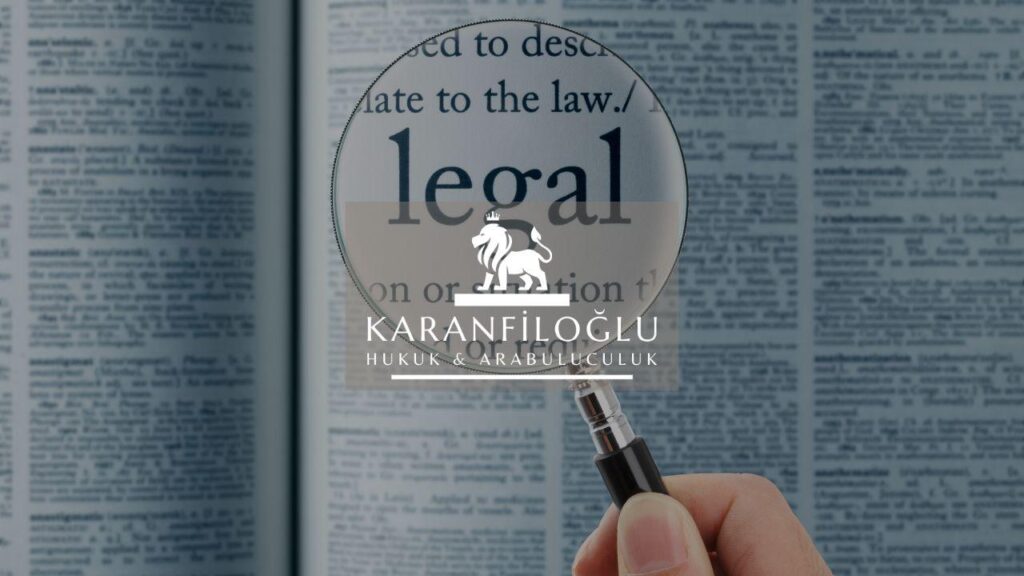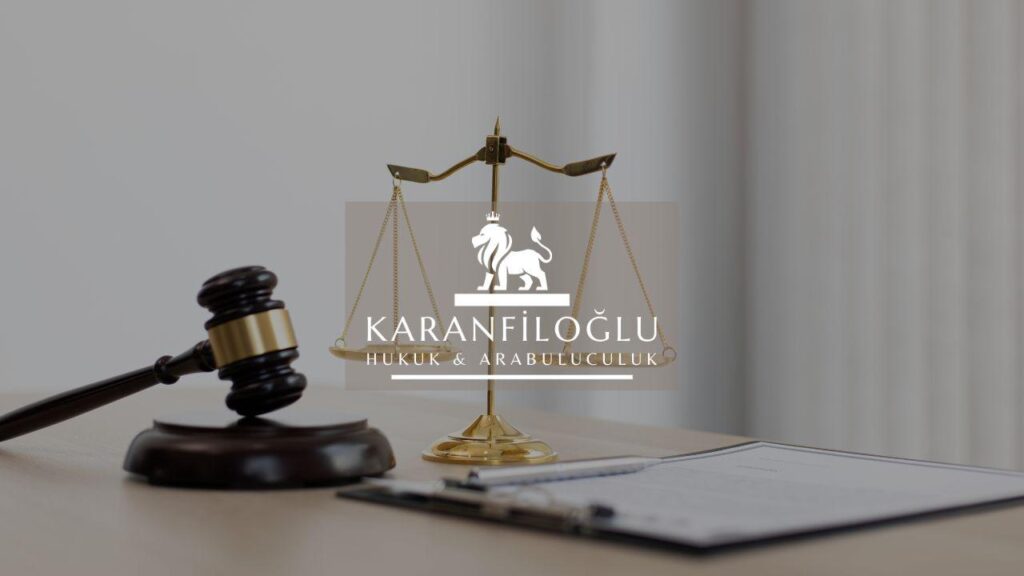The revocation of testament plays a crucial role in inheritance law, as it determines how a person’s assets are distributed after their death. Imagine a will as a living document; its terms can shift over time, much like a ship changing course. Testament changes are not uncommon, as life events—marriages, births, or deaths—prompt people to reconsider their legacy. While navigating the legal aspects of inheritance may seem daunting, understanding the will revocation process is key. It’s not just about crossing out a few lines; it requires legal clarity and precision to ensure the intended outcome. A misstep here could lead to unintended consequences, leaving loved ones in a bind. The process includes the creation of a new will or a formal statement of revocation. By addressing these elements, one can better manage their estate’s fate. The importance of this process underscores why clear and current testamentary directions are essential in navigating these waters.
Understanding the Legal Grounds for Revocation of Testaments
Understanding the legal grounds for the revocation of a testament involves peeling back layers of inheritance law. It’s essential to grasp how testament changes can impact the distribution of assets. At times, the will revocation process may be initiated due to changes in personal relationships or asset reconfiguration. The legal aspects of inheritance are pivotal here, as revocation must be done with precision to avoid murky legal waters. Courts often look for clear, unequivocal actions—like tearing up a will or creating a new one—to signify the revocation of testament. Imagine these actions as a compass, steering the future of one’s estate. Without these definitive steps, heirs might face confusion over asset distribution. In practice, understanding what constitutes a valid revocation is crucial, ensuring that your final wishes align seamlessly with your life’s journey.
Not every testament change is straightforward. Legal grounds for the revocation of testament revolve around more than just intent. Mistakes in the will, known as errors or oversights, sometimes necessitate revocation. Imagine a painter altering their canvas—each adjustment must be deliberate to achieve the desired picture. Similarly, testament changes require careful legal evaluation to ensure they reflect the testator’s true wishes. Unauthorized alterations or manipulations can muddy the inheritance law waters. Therefore, it’s imperative for individuals to seek legal advice when considering revocation. This guidance helps define the legal aspects of inheritance, ensuring that every step in the will revocation process holds up in court. Whether revising specific allocations or understanding the intent behind provisions, grasping these nuances acts like a guiding star, leading to clearly articulated final desires, sidestepping disputes, and preserving legacy.
Delving deeper into what necessitates the revocation of a testament reveals the intricate dance between intent and execution within inheritance law. Testament changes often stem from new familial ties or shifts in personal circumstances. In such cases, the legal aspects of inheritance demand careful steps to ensure that a will revocation process stands on firm ground. A robust revocation might involve shredding documents or drafting fresh directives, clearly signaling a new path for the estate’s future. Consider it a theatrical performance where each act must be deliberate and clear, directing focus to the true wishes of the individual. Missteps or vague amendments could open the door to disputes among heirs, muddying the clarity of testament intentions. By understanding these legal grounds, one can prevent misunderstandings, ensuring that the revocation of testament remains a lucid, decisive action etched in legal certainty.
The Implications of Revoking a Will on Inheritance Rights
Revoking a will can drastically alter inheritance rights, serving as a sharp turn in the roadmap of asset distribution. When a testament is rescinded, it’s as if a once-certain path is now shrouded in fog, leaving heirs unsure of their footing. This is where the legal aspects of inheritance come into play; understanding these intricacies can prevent potential disputes. Revocation of a testament isn’t child’s play—overlook one detail, and the entire estate could end up tangled in legal battles. Testament changes can transform who inherits what, reshaping familial connections and financial legacies. The will revocation process, if not handled with care, might inadvertently disinherit someone or disturb the equitable distribution of assets envisioned by the deceased. It’s crucial to grasp the weight of these implications, as overseeing statutory requirements may ensure that rights are preserved and intentions honored—a balancing act essential in inheritance law.
The revocation of testament holds significant sway over inheritance rights, casting ripples across familial lines. Imagine you’re adjusting the sails of a ship; slight movements can drastically shift its direction. Testament changes often stir the proverbial pot, calling into question who stands to gain or lose from a loved one’s estate. If the will revocation process is muddled, it could sow seeds of discord among heirs, altering financial ties and shaking the roots of generational relationships. Understanding the legal aspects of inheritance is vital to prevent such pitfalls. A clear, concise agreement reached through a proper revocation of a testament can ensure that intentions are unmistakably honored, maintaining harmony. Failure to address these issues properly might leave beneficiaries lost in an inheritance labyrinth. Inheritance law demands precision, for these decisions echo well beyond their initial impact, underscoring the importance of addressing revocation with the utmost care.
Revocation of a testament often acts like a domino, with each change potentially toppling others in inheritance law. Testament changes mean more than just adjusting names on paper; they reshape the inheritance landscape, often leaving questions as complex as any family tree. The will revocation process must be managed with precision, as the legal aspects of inheritance are as intricate as lacework. Each thread—the rights, intentions, and legacies of the deceased—requires delicate handling to prevent fraying into disputes. Missteps here can unearth conflicts over perceived entitlements, raising claims that might scatter the estate like leaves in a windstorm. A clear path in this legal journey can secure the rightful passage of assets, honoring wishes and fortifying family ties amid potential upheaval. Understanding this delicate mechanism not only ensures the desired outcome but shields relationships from unraveling in the face of revocation uncertainties.
Procedural Steps for Validly Revoking a Testament in Estate Planning
Revoking a testament is more intricate than merely discarding a paper. It demands certain procedural steps that align with the legal framework of inheritance law. Start by crafting a new will, the most straightforward method of formal testament changes. This new document should clearly outline the revocation of the previous will, stating explicitly your intent to nullify its instructions. Some choose to create a separate document solely for this purpose. It is crucial to follow the legal aspects of inheritance to ensure all bases are covered, preventing any loopholes that might arise in the will revocation process. A missed step here can lead to disputes that might tear families apart. Remember, seeking legal counsel for these steps can protect your wishes and prevent future complications. As you sail through estate planning, ensuring your testament reflects your current desires is essential, providing peace of mind in the stormy seas of inheritance.
A successful revocation of testament requires a meticulous approach to each procedural step. First, familiarize yourself with the inheritance law governing your jurisdiction, as requirements can differ dramatically. Testament changes often necessitate the presence of witnesses, so gather them accordingly to affirm the legality of your decision. Ensure every part of your new will or revocation statement is clear, leaving no room for misinterpretation. The legal aspects of inheritance must be respected, as a proper will revocation process hinges on adherence to these stipulations. Consider an anecdote involving an estate planner who overlooked obtaining witness signatures, leading to an invalid revocation. Such mishaps underline why thoroughness is critical—a stitch in time saves nine. Whether through a lawyer or a self-directed approach, make sure each step is properly documented. This attention to detail is not just beneficial; it is pivotal in ensuring your estate plan remains solid and reflects your intentions accurately.
Revocation of testament in estate planning isn’t something to take lightly; it’s a meticulous dance of legal requirements and personal wishes. Begin with understanding the legal aspects of inheritance, as these laws are the backbone of any testament changes. Drafting a new document is step one, explicitly stating the intention to revoke the older will. Witnesses play a crucial role—ensure their presence aligns with jurisdiction laws to maintain the validity of the process. Then, destroy any copies of the previous testament to eliminate conflicting documents. Next, properly filing each document with relevant authorities solidifies every testament revocation step taken. By ensuring each action is above board, you navigate the will revocation process confidently, securing a solid future for your estate. Taking these measures enhances your control over inheritance law outcomes, guarding against any unforeseen storm that might arise posthumously. So, as you weave through these waters, remember a steady ship makes for a peaceful journey.
Disclaimer: This article is for general informational purposes only and you are strongly advised to consult a legal professional to evaluate your personal situation. No liability is accepted that may arise from the use of the information in this article.







